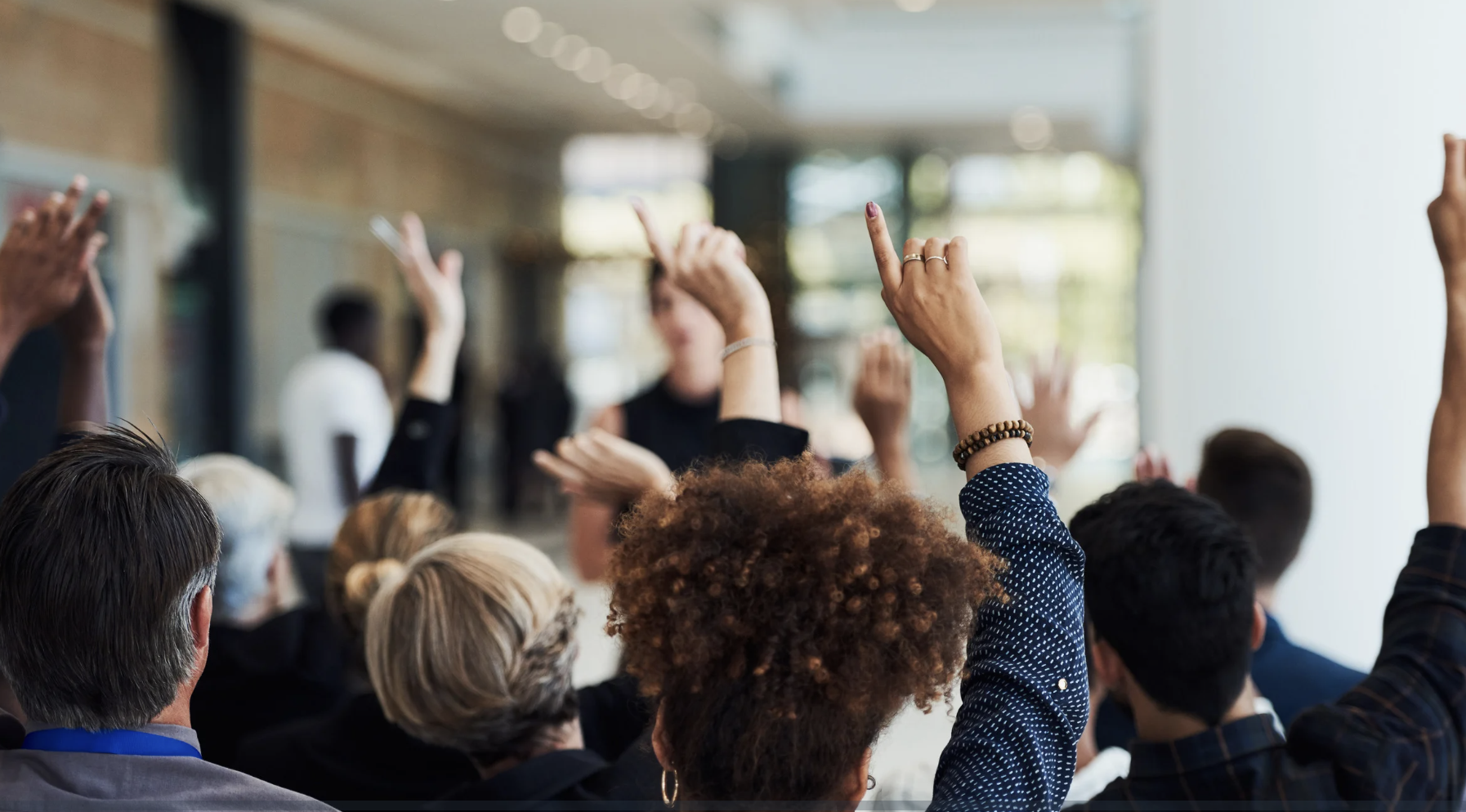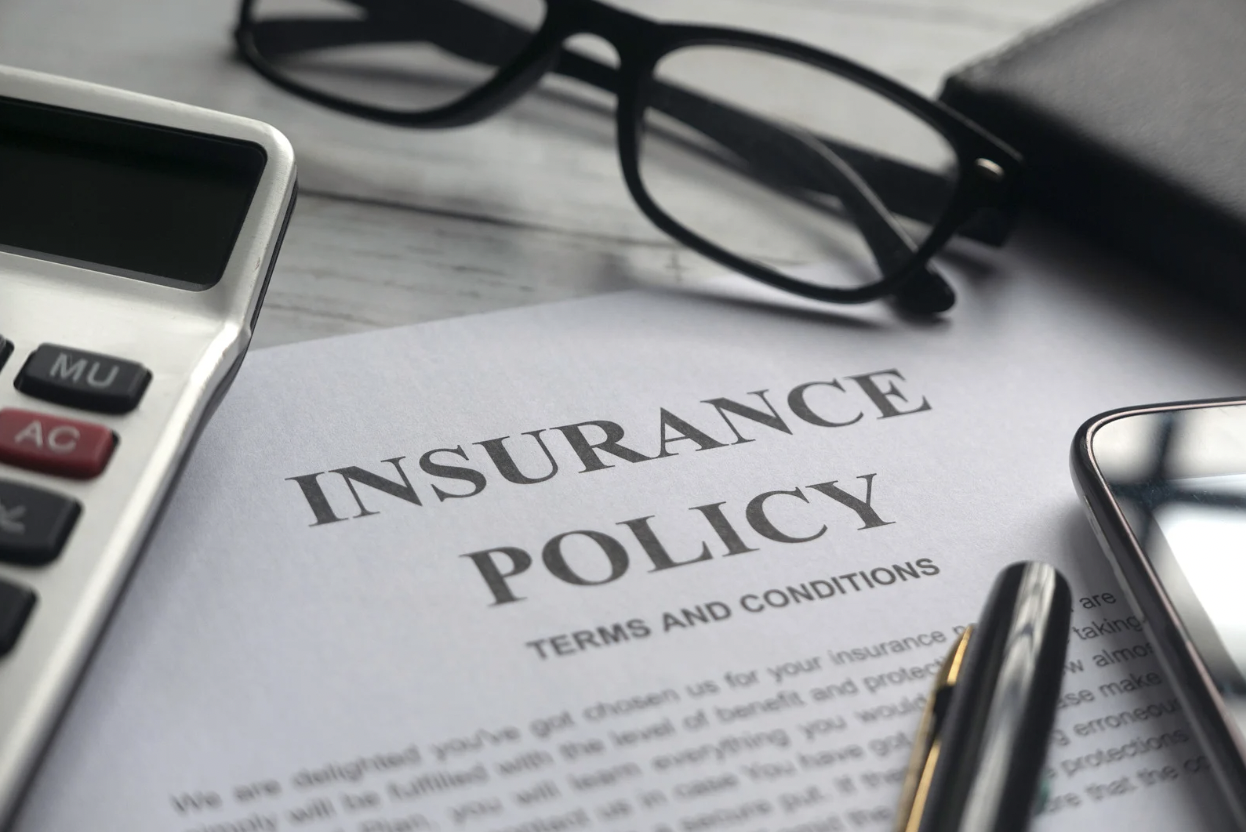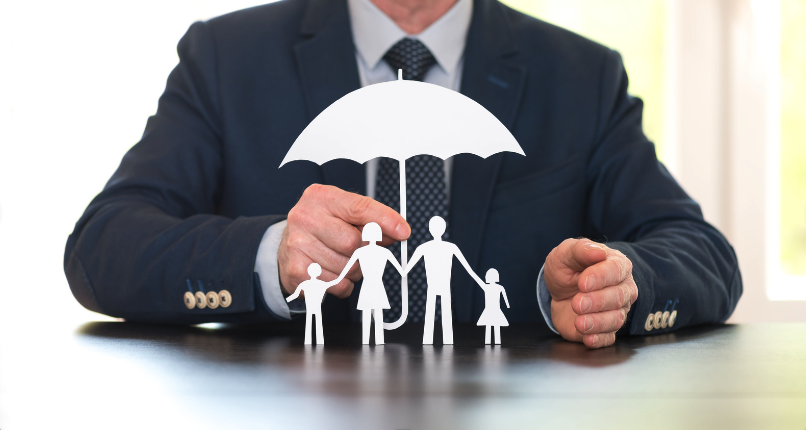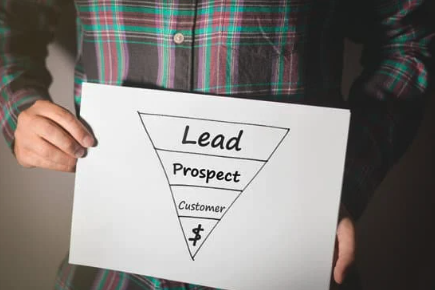If you’re an event professional, you understand the fundamentals of marketing events already. But in today’s competitive landscape, things as simple as having a great speaker lineup isn't enough to guarantee a sell-out crowd. To truly boost attendance, you need to stop promoting and go deeper - start engineering demand.
Here are five high-impact, non-obvious strategies (focused on behavioral psychology, advanced data, and long-term asset creation) that will help you drive sales for ticketed events and increase your profitability to boot.
Planning Pod is the ultimate end-to-end event business platform for professionals that manage both ticketed and RSVP-style events. With ticketing and registration management, integrated payments, automations and workflows, embedded event insurance, and more, our software is built to maximize profitability at every stage of business growth. Get a free demo today.
1. Strategic pre-launch and pricing psychology
The modern event marketer knows how to leverage scarcity and perceived value to speed up ticket sales. Here’s how:
A. Dynamic and scarcity-based pricing models
Instead of fixed date tiers (like "early bird pricing ends June 1st"), switch to velocity-based tiers. This means setting price changes based on the number of tickets sold (like "the next 100 tickets are at $499"). This system is more effective because it taps directly into the psychological principle of FOMO (fear of missing out) and rewards immediate commitment, regardless of the date.
Another great strategy? Price anchoring. Before launching your main ticket tiers (like standard and premium), introduce an ultra-exclusive, high-priced "Platinum VIP" tier - even if you only plan to sell a handful. When attendees see the $2,500 Platinum ticket anchored against the $699 Premium ticket, the Premium option suddenly looks like a great deal, dramatically increasing its perceived value.
B. Segmented beta launch: The "inner circle"
When it comes to ticketed events, your highest-value asset is your past audience. Before your general launch, run a small beta launch targeted only at your most engaged attendees from last year, as well as previous speakers and key sponsors. Give this "inner circle" a unique, time-limited discount and a personalized share link.
This strategy provides you with two huge advantages:
- Zero-cost influencers: These trusted promoters start sharing with their networks immediately, generating critical buzz and early social proof.
- Instant testimonials: You can use the first wave of sales to gather short video clips or quote testimonials before your public campaign begins. This social proof is pure gold for conversion rates later on.
2. Hyper-segmentation and behavioral targeting
Generic retargeting ads are costly and inefficient. Instead, focus on intent - what was the prospect doing right before they left your website?
A. Intent-driven retargeting
Your pixel tracking shouldn't just record a website visit - it needs to identify the user's last action in the registration funnel. Be sure to implement tags for key drop-off points, like "dropped at contact form", "dropped at payment screen", etc.
Your ad copy should then be customized for that specific point of abandonment. Here are a couple strategies based on those examplesL
- Payment drop retargeting: In order to get through to your prospects who dropped off here, your ad copy shouldn't sell the event content. Instead, it should address the likely friction point (price), maybe by highlighting a new, friction-reducing payment plan or a small, 5% "completion discount."
- Contact form drop retargeting: This user is likely still researching. Their ad should emphasize the clarity of the event agenda, a specific speaker, or a clear "what you’ll learn" takeaway, pushing them back to the content.
B. Leveraging "dark social" data
"Dark social" refers to private sharing (links shared via WhatsApp, Slack, email, and direct messages), which analytics often miss. This is where high-quality referrals happen.
Instead of one generic discount code, give every registered attendee a personalized sharing code. By tracking which codes generate sales, you can identify your true social promoters and influencers who operate below the radar. You can then automatically reward those who generate 5+ sales with a free VIP upgrade or a credit toward next year’s event. This incentivizes loyalty and powerful word-of-mouth promotion that you can measure.
3. Digital footprint and long-term SEO
Most event marketers only start worrying about SEO six weeks before the event. But strategic event pros build digital assets that work for them 365 days a year.
A. Event schema markup implementation
This is a technical must. You must ensure your event’s landing page uses schema.org microdata (specifically the Event schema). This tells Google exactly what your content is. When implemented correctly, your event often appears as a rich snippet directly in the search results, showing the date, time, and venue - dramatically boosting your organic click-through rate without having to pay for an ad.
B. Content atomization for micro-audiences
Think of your agenda not just as a schedule, but as dozens of niche SEO opportunities. Create lightweight, SEO-optimized landing pages for every major speaker and session topic.
Here’s an example: don't just put a term like "marketing track" on your agenda. Create a specific page titled something like "Deep Dive: How AI Will Transform B2B Lead Gen in 2026” (tailored for your specific event’s purpose, of course). These session-specific pages capture long-tail, high-intent search queries that people are asking all year. Ensure all these micro-pages link back to the main event page to consolidate SEO authority.

4. Non-traditional partnerships and affiliate structures
A. Cross-industry co-branding
Consider seeking partnerships with non-competing businesses that serve your exact demographic. For example, if your audience is financial analysts, partner with a high-end travel booking platform or a niche professional development tool instead of another finance conference.
The key here is to barter for audience access. Instead of demanding cash, trade a sponsorship package for a dedicated, segmented email drop to their subscriber list or a prominent placement in their monthly newsletter. This gives you immediate, high-quality leads that cash can’t buy.
B. Attendee affiliate program
Loyal attendees are your best salespeople, but a simple "refer-a-friend" discount usually isn’t enough to motivate them. Treat your top attendees like true partners by implementing a tracked affiliate structure that offers a cash commission or significant event credit for a high volume of sales. This professionalizes your word-of-mouth marketing and makes it an actual scalable revenue stream.

5. Post-event strategy and data feedback loop
We’ve got news for you - event marketing doesn't stop when the doors close. The 24 hours immediately following your event are actually crucial for maximizing retention and informing next year's budget.
A. The "golden hour" follow-up
Send a personalized, data-driven follow-up email within 24 hours of the event’s end. This message should leverage the data you tracked during the event. Think something like this: "Based on your QR scans, you attended 3 sessions and networked with 12 people!"
This personalized detail (especially combined with a high-FOMO recap video and photo gallery) capitalizes on peak emotion. And this next part is crucial - include a quick, 48-hour poll asking about key improvements or themes for next year. This subtly pre-commits them to future attendance while gathering valuable input.
B. Financial data for marketing forecast
You need to know your true cost per lead (CPL), which goes deeper than just dividing ad spend by tickets sold. To determine it, analyze which registration sources correlate with the highest lifetime value.
If leads generated through Partner A convert at 2x the rate of leads from Platform B, then the CPL for Partner A (while perhaps higher initially) is ultimately cheaper because those attendees are more likely to return, buy the more expensive tickets, and refer others. Once you have this information, reallocate your budget for the next iteration of the event to aggressively target lookalike audiences of your highest LTV segments for maximum profit.
Actionable takeaways
At the end of the day, these strategies all center around one game-changing concept: shifting from volume-based marketing (blasting everyone) to value-based segmentation (targeting the right person at the right time with the right offer). It’s never a bad time to start implementing them. Once you do, we want to hear from you - tell us about the changes you see in your event attendance and profits!
The ultimate platform for event business professionals, Planning Pod delivers end-to-end management for organizations that handle both ticketed and RSVP events. From integrated payments and automations to embedded event insurance, our software is engineered to maximize profitability at every stage of your business growth. Get a free demo today.










